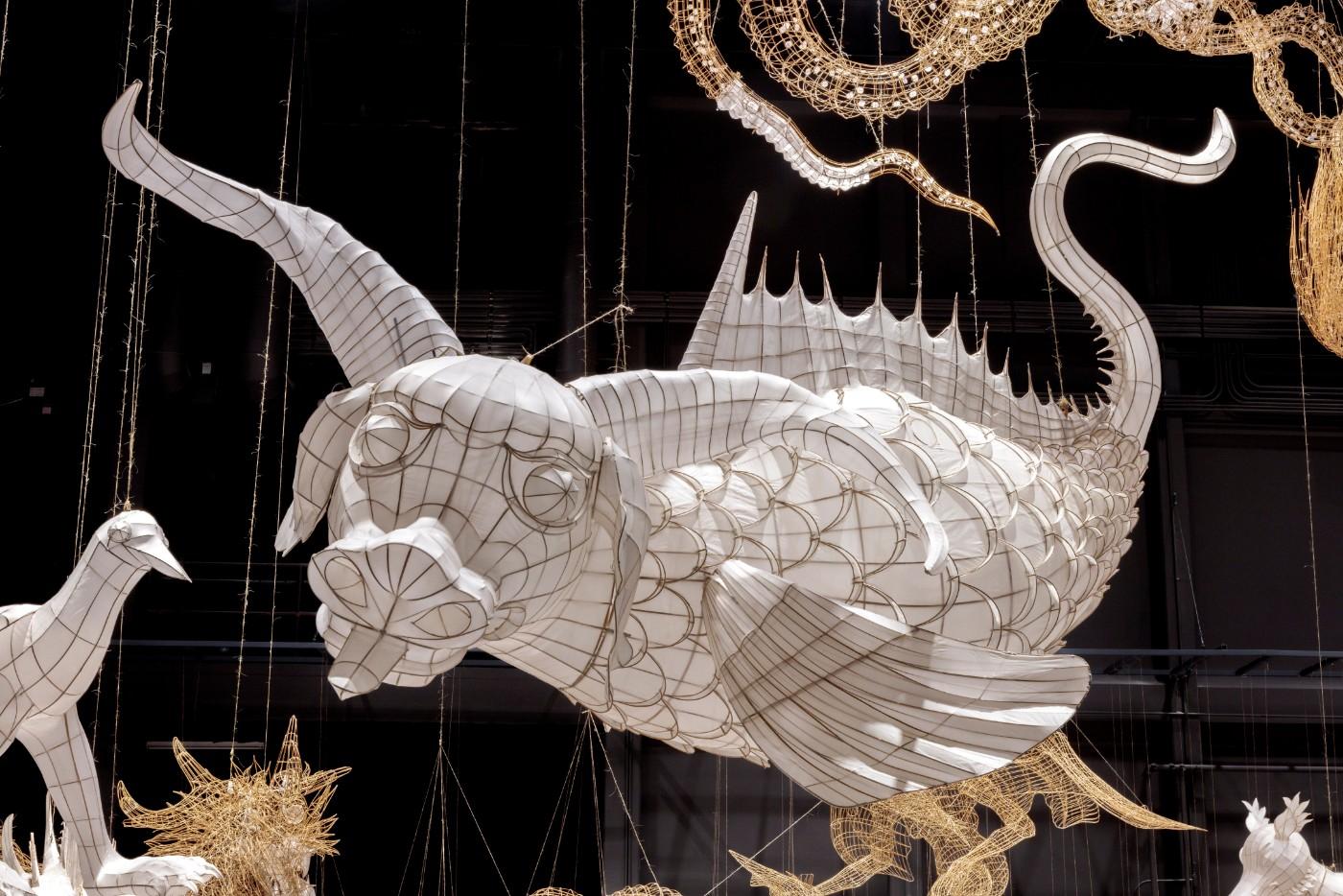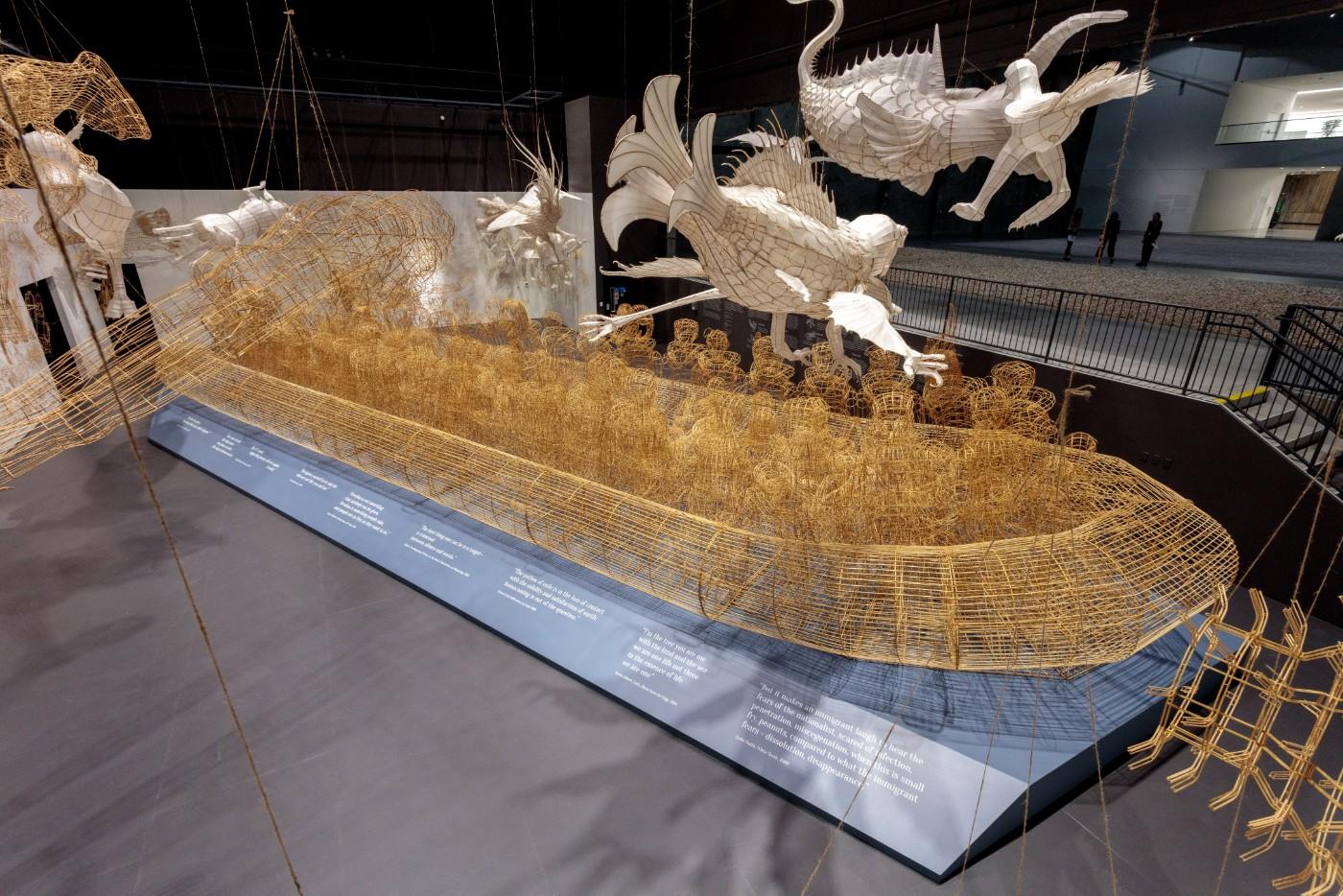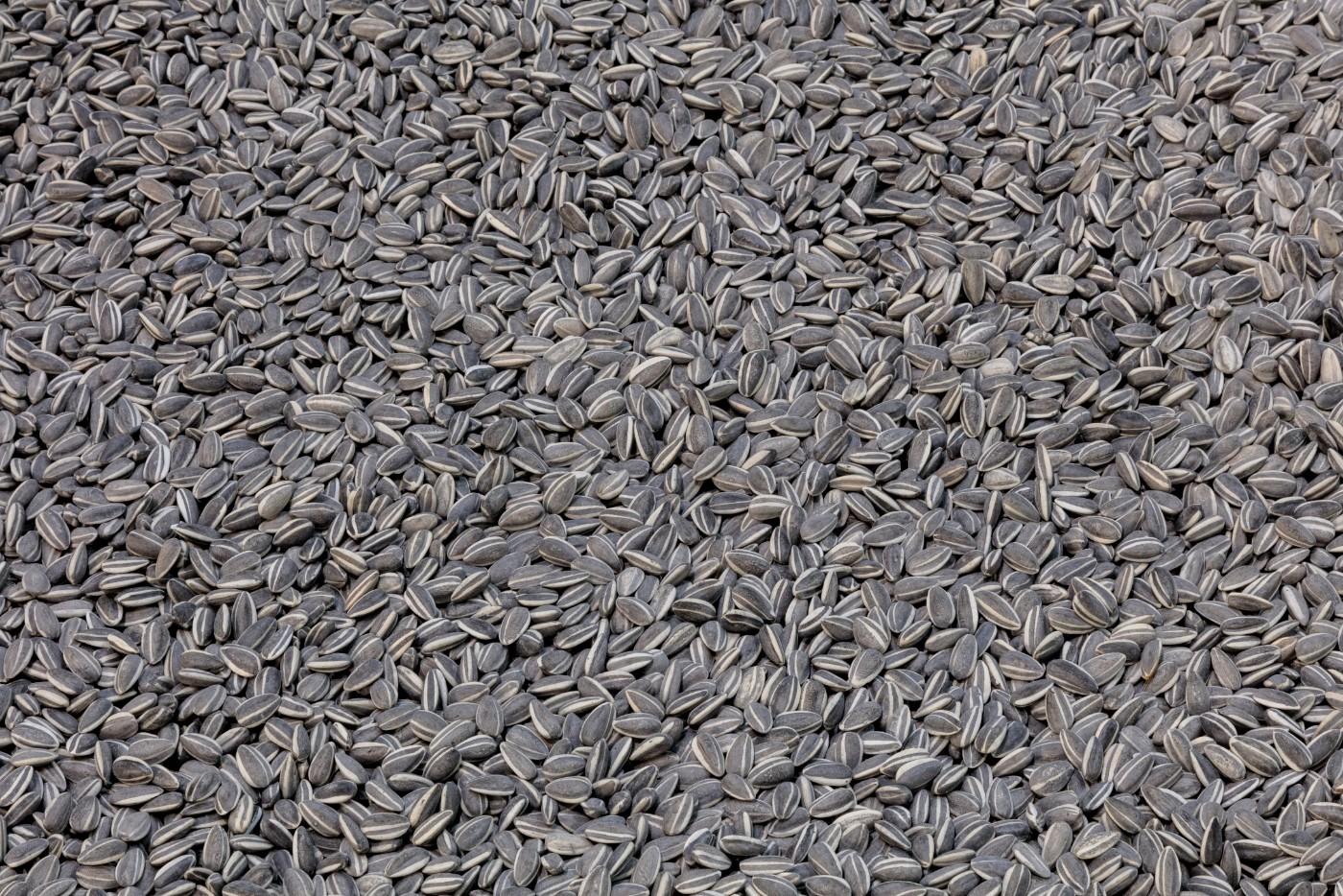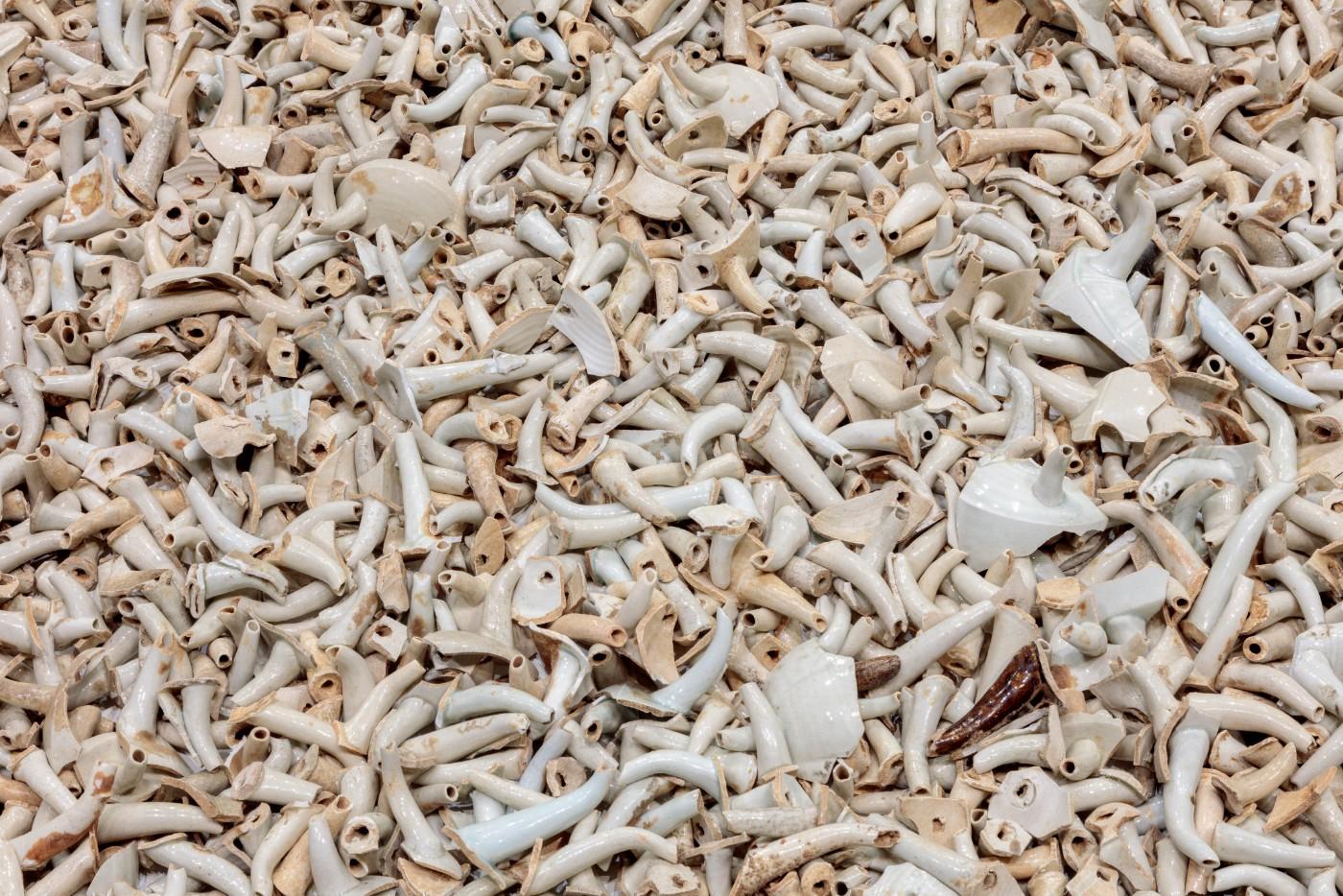Ai Weiwei: Life Cycle will be accompanied by an illustrated publication, the third in MAF’s Project Series featuring an essay written by mythologist, writer, and professor Martin Shaw. The Marciano Art Foundation dedicates this exhibition in loving memory of Joshua Roth (1978-2018).
About AiWeiwei
Ai Weiwei was born in 1957 in Beijing and currently lives and works in Berlin. He attended the Beijing Film Academy and later, on moving to New York (1983–1993), continued his studies at the Parsons School of Design. Major solo exhibitions include Helsinki ArtMuseum (2016), Royal Academy of Art,London (2015), Martin Gropius Bau, Berlin (2014), Indianapolis Museum of Art (2013), Hirshhorn Museum and Sculpture Garden, Washington D.C. (2012), Taipei Fine Arts Museum, Taiwan (2011), Tate Modern, London (2010) and Haus der Kunst, Munich (2009). Architectural collaborations include the 2012 Serpentine Pavilion and the 2008 Beijing Olympic Stadium, with Herzog and de Meuron. Among numerous awards and honors, he won the lifetime achievement award from the Chinese Contemporary Art Awards in 2008, the Václav Havel Prize for Creative Dissent from the Human Rights Foundation, New York in 2012, and the Ambassador of Conscience Award from Amnesty International in 2015; he was made Honorary Academician at the Royal Academy of Arts, London in 2011.
About Marciano Art Foundation
The Marciano Art Foundation (established in 2013) presents exhibitions featuring works from brothers Maurice and Paul Marciano’s expansive collection of contemporary art. The collection, built largely over the last decade, includes installation, sculpture, photography, film and a wide array of paintings by some of today’s most important and influential contemporary artists, from emerging to established, from the U.S. and abroad. Guest-curated exhibitions will rotate every few months, enabling the foundation to reveal the breadth and depth of the collection over time, while some signature works will remain on view for longer periods. MAF will also present occasional temporary exhibitions featuring works on loan from museums and private collections, alongside pieces from MAF collection. MAF is situated in the historic Scottish Rite Masonic Temple built artist, designer and educator Millard Sheets in 1961.
The renovation of the 110,000 square-foot building was overseen by wHY Architecture’s Kulapat Yantrasast and features over 55,000 square feet of exhibition space and on-site storage. Former lounges, banquet halls and a 2,000- seat theater have been transformed into unparalleled exhibition spaces for contemporary art. A relic room, organized by Bard College professor Susan L. Aberth, features objects and ephemera left behind by theMasons, acknowledging the history of the site. MAF also features an outdoor sculpture garden, bookstore, and café.
Marciano Art Foundation Information
Admission to all exhibitions at MAF is free.
Hours: Thursday, Friday and Sunday 11 AM – 5 PM and Saturday 10 AM – 6 PM.
Closed Monday and national holidays.
Open for school groups on Tuesdays and Wednesdays by appointment.
Marciano Art Foundation, 4357 Wilshire Boulevard, Los Angeles.
Visit https://marcianoartfoundation.org for details.
































